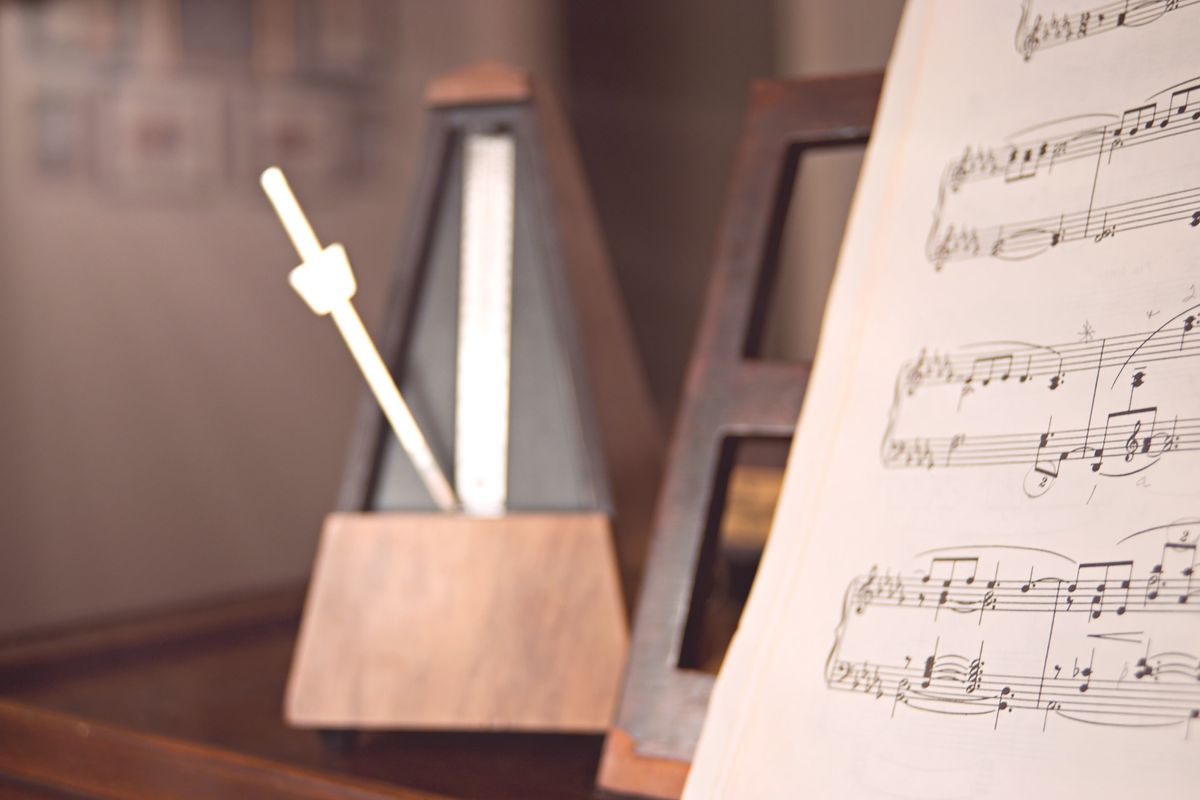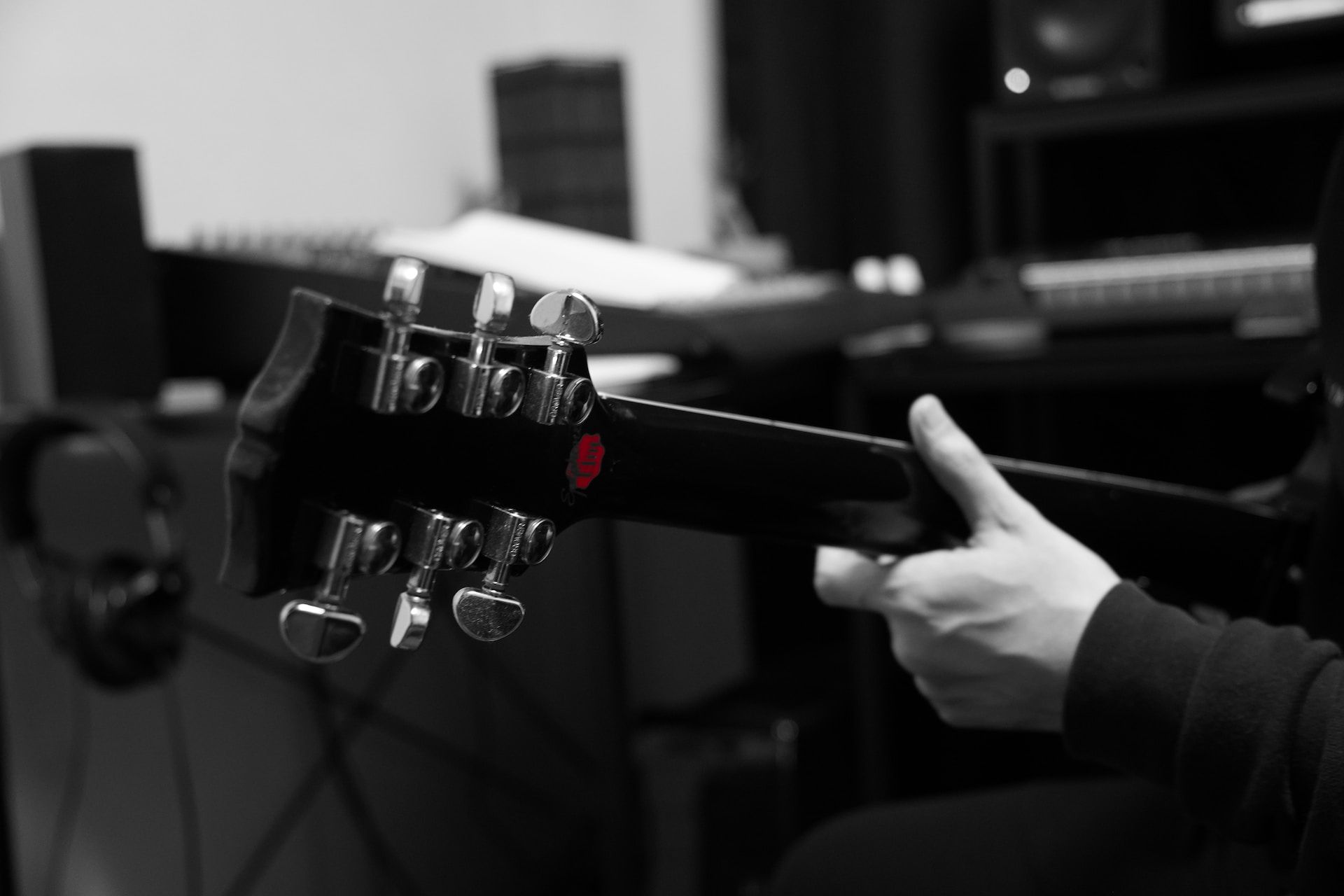The Metronome: A Musician's Friend for Rhythmic Precision

Friend not foe
Whether you're a beginner or an experienced musician, honing your sense of rhythm is crucial to becoming a well-rounded player. I understand that some people may be sceptical about using a metronome, fearing that it will stifle their creativity and make their playing sound stilted and robotic. However, we will explore how a metronome can be your friend in developing rhythm, accuracy, and timing.
The key message here is that a metronome doesn't take control away from you but rather empowers you to take charge of your timing and rhythm. Think of it as a friendly guide, not a dictator. Whether you're a novice or a seasoned player, everyone can benefit from its guidance.
Types of Metronomes
There are different types available, from the old-school mechanical pendulous ones to the modern digital hardware metronomes. Each has its own advantages and disadvantages. Mechanical metronomes may offer a retro charm and simplicity, while digital counterparts come with features like programmable tempo and sometimes built-in drum beats and loops. The choice between the two ultimately boils down to your preferences and needs.
If you're after a basic yet effective choice, something like the Korg MA-2 won't disappoint. Additionally, phone or tablet-based metronome apps like SoundBrenner are free and useful for their features and functionality. While apps are convenient, many musicians still prefer the tactile nature of hardware metronomes for focussed practice.

Feeling the Pulse
Start by generating a solid quarter note pulse with the metronome and strive to synchronize with the click. Before even picking up your instrument, it's essential to tune in to the tempo and feel the rhythm internally.
As you gain confidence, start with single notes played along with every click in time. Yes, it might feel challenging at first, but remember that practice and dedication is key. Pay close attention to the tempo and find that magic pocket where your playing aligns perfectly with the metronome's beat.
Rhythmic Subdivisions
It's entirely natural to initially rush or lag behind slightly when practicing with a metronome. However, with awareness, you can quickly realign yourself with the beat. Now, still with that single note, try more busy rhythms such as sixteenth notes in time with the metronome. Keep feeling that pulse.
I would then advise starting with practicing a familiar scale or tune at a manageable tempo such as 60 beats per minute (any slower and the benefit will be negated) then using eighth notes, practice your scale or melody repeatedly until it becomes precise. From there, you can gradually increase the tempo or switch to a sixteenth note subdivision to challenge yourself further.
Advancing Your Metronome Skills
For more advanced players I would then look at having the metronome only play Beats 1 and 3 or Beats 2 and 4 of the bar (or even just Beat 1!) so you have to instinctively feel the missing beats and still keep the performance glued together.
The metronome is not your enemy; it's your actually your friend in the ongoing mission for impeccable rhythm, timing, and accuracy in your playing. It doesn't make your music robotic but rather empowers you to become a more expressive musician with a great feel.
Book a lesson with Ben here
